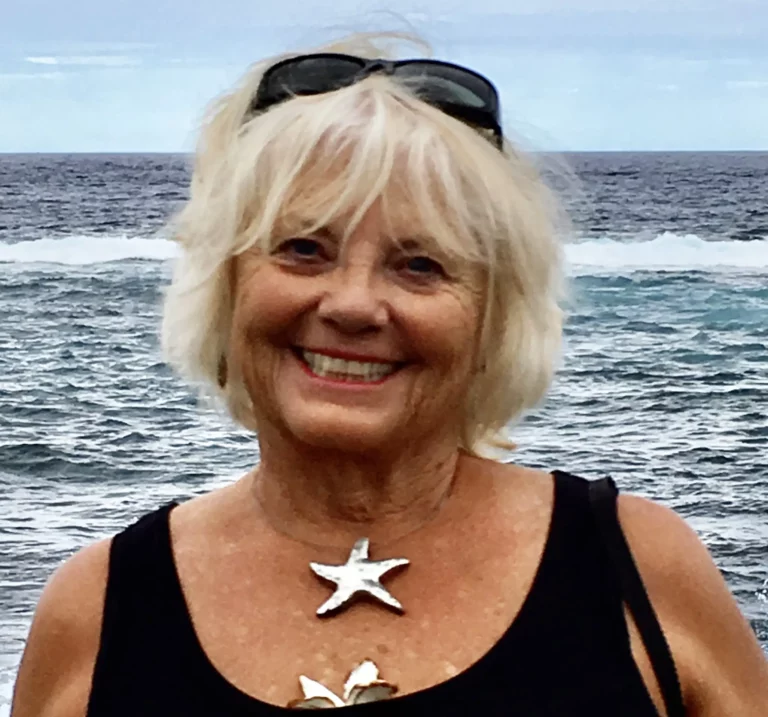Legacy Post Disclaimer
This is a #Legacy post imported from The Apalachicola Time’s previous platform. If you’re experiencing issues with this article, please email us at news@nevespublishing.com.
Watermen group pushes to reopen bay
A growing group of oystermen and their fellow seafood workers are pressing to have the bay reopened.
The non-profit Seafood Work And Waterman’s Association was formally registered with the state in May, and has steadily grown in numbers. Led by Wayne Williams as president, along with Shannon Lolley as vice president and Cheryl Carr as registered agent, the group has secured letters of support for reopening the bay from both Franklin County commissioners and State Rep. Jason Shoaf.
In an Oct. 11 letter to Eric Sutton, director of the Florida Fish and Wildlife Conservation Commission, Shoaf wrote to express support for reopening Apalachicola Bay “to wild oyster harvesting in areas that have recovered.
“It has been brought to my attention that several of the oyster bars have completely recovered,” he wrote., noting that as state representative for Apalachicola “it is my duty to defend and advocate for the interest of my constituents while balancing the protection of our natural resources….. I ask that you explore the possibility of reopening healthy portions of Apalachicola Bay before 2025.”
Franklin County Commission Chairman Ricky Jones also wrote a letter, indicating the county commissioners support the association’s goal “to have the bay reopened for oyster harvesting as soon as possible.
“This action would allow the county’s oystermen, an important and significant industry in the county, to return to work and provide a boost to our economy during this time of inflation with high food, gas and other basic living expenses.”
The assocoation hopes the letters will influence FWC, which in 2020 closed the bay for five years to oyster harvesting, to reopen it ahead of schedule in 2025. The closure included a formula for reopening the bay provided oyster densities exceeded a threshold, set at 300 bushels per acre. It is not clear from research done by Florida State University’s Apalachicola Bay System Initiative (ABSI) that those densities have been reached (See related article)
“The bay is looking better than it has in a long time,” said Williams, at a Sept. 12 meeting of the association at the Eastpoint firehouse. ”And there are some bars out there having a really hard time establishing.”
At the meeting, the group approved a series of proposals they hope will begin as a starting point for talks with ABSI. So far the association has declined to take a seat on ABSI’s community advisory board (CAB).
“We have a large conflict of interest with ABSI’s CAB,” Williams said. “When we talked to them they didn’t listen.”
While the association’s wish list includes items unlikely to gather support from either FWC or FSU, such as immediately reopening both the conditionally and unconditionally approved oystering areas of Apalachicola Bay to both commercial and recreational harvest, there are some possible areas of agreement.
The association supports a three-month summer closure of the bay to oyster harvesting, as well as a “low but flexible bag limit that can be adjusted as the resources fluctuate.” As well it would like oyster tongs to be allowed for all oyster harvesting.
ABSI has floated the idea of a limited entry program for commercial oyster harvesting if and when the bay reopens, and the association has come out squarely against it.
“If our numbers are limited, so are our powers limited,” said Williams. “These licenses could end up in the hands of the rich.”
He stresses the association’s ranks include shrimpers, crabbers and other fishers in its ranks, all of whom are united in wanting to see a rebound of the faltering commercial seafood industry.
“We need to train these youngsters how to catch these oysters, like our daddies did,” Williams said.
For the time being, the association is taking it one step at a time, hoping to appeal to both FWC and FSU, whose ABSI initiative, funded through a multi-million grant from Triumph Gulf Coast, stresses that an eye on commercial revitalization be part of the overall research effort.
“It’s going to be up to them whether they do anything about this or not,” Williams said.



Meet the Editor
David Adlerstein, The Apalachicola Times’ digital editor, started with the news outlet in January 2002 as a reporter.
Prior to then, David Adlerstein began as a newspaperman with a small Boston weekly, after graduating magna cum laude from Brandeis University in Waltham, Massachusetts. He later edited the weekly Bellville Times, and as business reporter for the daily Marion Star, both not far from his hometown of Columbus, Ohio.
In 1995, he moved to South Florida, and worked as a business reporter and editor of Medical Business newspaper. In Jan. 2002, he began with the Apalachicola Times, first as reporter and later as editor, and in Oct. 2020, also began editing the Port St. Joe Star.